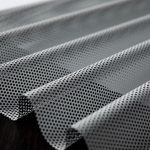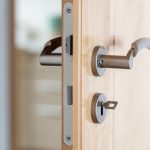Cable locators have been around for quite a long time now. They were first introduced almost 40 years ago, but in the beginning, their task was limited to locating underground water, gas or sewer lines. However, today things are a little bit more complicated, especially with telecommunication cables joining utility lines in the underground environment. Surprisingly enough, the technology hasn’t changed all that much since the locators rely on the same basic principles to operate as their previous counterparts. In the past, this process involved only applying an electrical signal on the cable that’s being located.

However, the procedure has proven to be useful even today, especially when it comes to outside-plant environments, where locating the cable is necessary before you start to dig in order to avoid any damages. Cable locator equipment can also discover issues in telecommunication cables and the difference between these locators and their outside-plant counterparts is that they come with tone generators and probes in order to be able to differentiate the target cable from other nearby ones and other underground utilities and also provide depth estimation.
When tracing a cable, it is usually done 1.5 meters under the ground and it may be in the vicinity of other services that can be closer to the surface. By wiring the cable that is located on the other side of the drywall, just 15 cm from the cable, it should be easy to locate. When you are dealing with an underground cable, the distance can be significantly greater and better cable locator equipment is required with a more powerful transmitter and a more sophisticated receiver.
The transmitter creates an electromagnetic field that can be set to a specific frequency ,depending on the type of conductor that is used in the cable. When setting your frequency, it is advisable to start at the lowest possible and go up until you find the frequency that works. Once you find it, it is recommended that you don’t change it since lower frequencies tend to bleed less and stay attached to the conductor better. Frequency choices usually range from 1 up to 480 kHz.
And finally, although the basic technology hasn’t changed all that much over the years, the ways of getting the signal onto the cable have, so the three common ways of sending a signal using cable locator equipment are: direct connect, general induction, and inductive coupling.





Comments are closed.